The Basics of Leasing Business Equipment
From computers and heavy machinery to complete offices, it is possible to lease almost anything for your business. Leasing business equipment can provide a lifeline for cash‐strapped businesses in need of the tools of the trade.
The Basics
How to get it: Equipment leasing is basically a business loan in which the lender buys and owns equipment and then “rents” it to a business at a flat monthly rate for a specified number of months. At the end of the lease, the business may purchase the equipment for its fair market value (or a fixed or predetermined amount), continue leasing, lease new equipment, or return it.
Upside: Advantages include getting your hands on needed equipment without paying the costs up front. Lines of credit stay freed up because the leases are not bank loans, and lease payments can potentially be deducted as a business expense. It is also possible to easily upgrade equipment once a lease expires.
Downside: Leasing can be an appropriate for any business at any stage of development. But when it comes to startup businesses, it is likely the owner will be obliged to put his or her personal credit on the line in order to secure the lease.
Leasing business equipment will include a higher price over the long term. The lease also commits you to keep the equipment for a period of time.
Still, the Equipment Leasing and Finance Association estimates that four‐fifths of businesses at least lease some of their equipment ‐‐ a testament to the usefulness of the practice.

